The Dalai Lama’s Successor Crisis: A Looming Flashpoint Between India and China?
The Dalai Lama's succession isn’t just spiritual, it’s a brewing geopolitical crisis. As China plans to impose its own Dalai Lama, India faces a historic dilemma. Will Delhi defend religious freedom or bow to Beijing? Dive into this high-stakes standoff shaping Asia’s spiritual and political future.
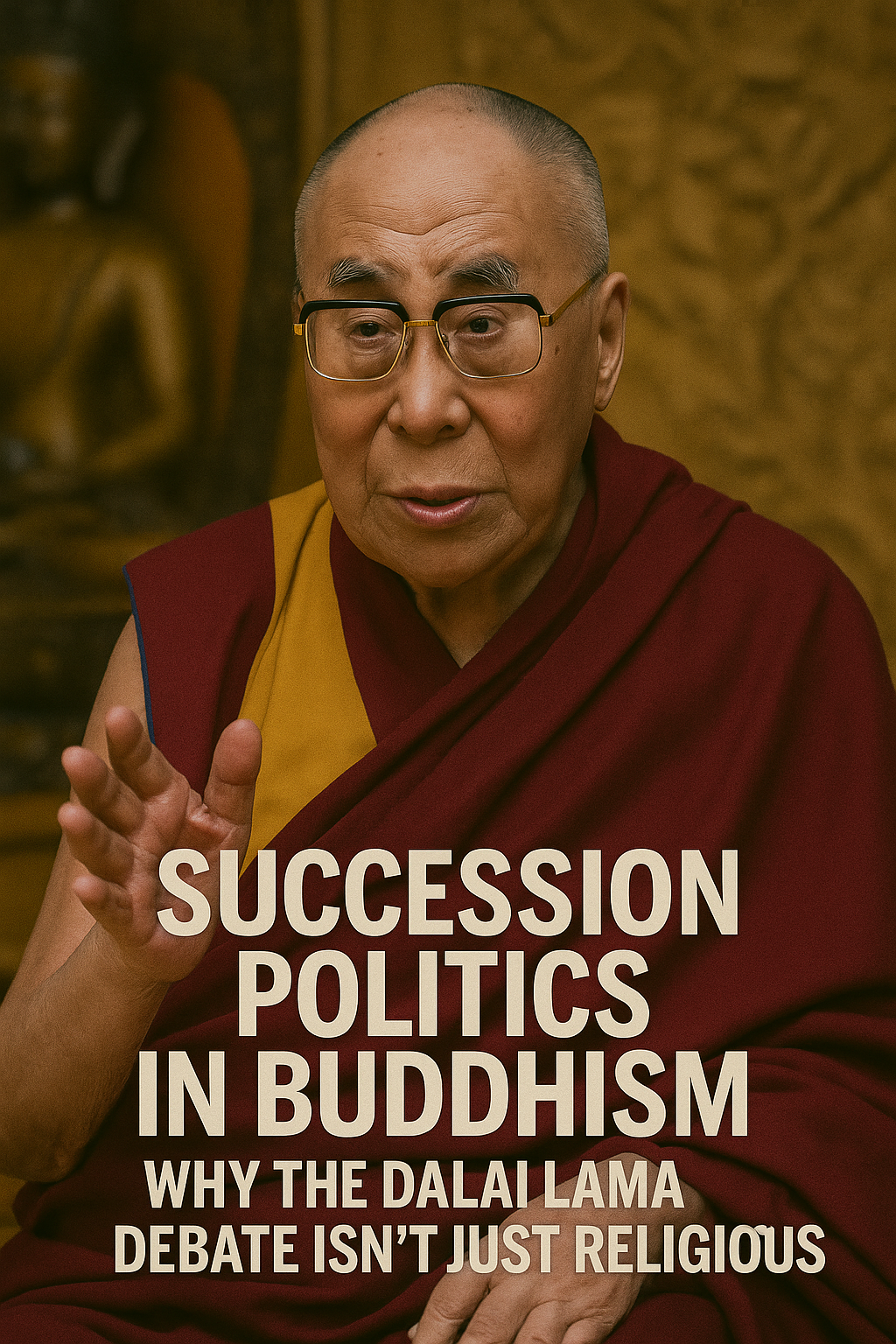
DHARAMSHALA, July 8, 2025
As the 14th Dalai Lama celebrates his 90th birthday, he has made waves across the Himalayas and beyond by announcing plans to personally influence the selection of the next spiritual leader of Tibetan Buddhism. This decision confronts Beijing’s state-controlled reincarnation system. It could lead to a geopolitical clash that may destabilize India-China relations and put Delhi in a moral and diplomatic bind.
In this in-depth investigation, we explore how religion, politics, identity, surveillance, and propaganda intersect, and what this means for Asia’s shifting power dynamics.
The Bold Break: Reasserting Spiritual Authority
In a rare video address to a religious conference in McLeod Ganj, the Dalai Lama clearly stated:
“The Gaden Phodrang Trust… should accordingly carry out the procedures of search and recognition in accordance with past tradition. No one else has any such authority to interfere.”
This statement reinforces the traditional Tibetan Buddhist process, where senior monks identify the reincarnation of a spiritual leader based on visions and omens. It also deliberately avoids China’s Golden Urn system, brought back by Beijing’s 2007 regulations that make spiritual succession subject to state approval.
By indicating that his reincarnation will be “born outside China” and urging followers to reject any candidate appointed by the CCP, the Dalai Lama is setting the stage for confrontation.
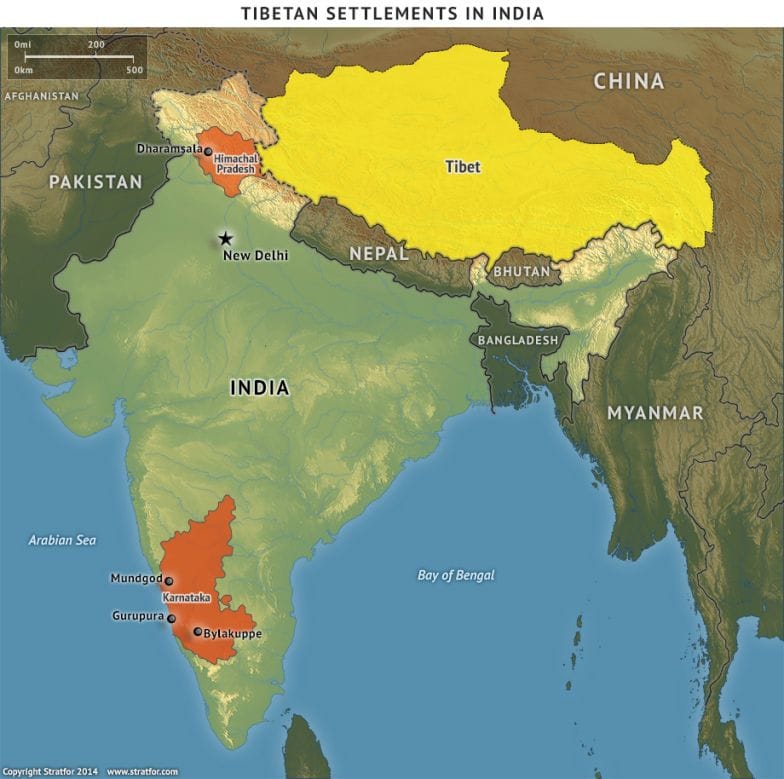
Why India Is the Center of This Storm
Dharamshala: Spiritual Capital in Exile
Since fleeing Tibet in 1959, the Dalai Lama and the Tibetan government-in-exile have been based in Dharamshala, Himachal Pradesh, making it a global center for Tibetan Buddhism. However, India’s support comes with risks. Ties with the Dalai Lama may provoke Beijing, especially as border disputes with China intensify near Ladakh and Arunachal Pradesh.
Delhi’s Diplomatic Tightrope
India officially states that “religious freedom is not state policy.” Yet Union Minister Kiren Rijiju, a practicing Buddhist, publicly supported the Dalai Lama’s rights to choose his successor, saying:
“Only he or his institution has the authority… No one has the right to interfere.”
China quickly cautioned against India’s “interference,” emphasizing its sovereignty over Tibet and calling for “prudence” in bilateral talks.
The Specter of Dual Dalai Lamas: A Contest of Legitimacy
China likely plans to appoint its own Dalai Lama using the Golden Urn method, a strategy that succeeded with the Panchen Lama in 1995.
But will this approach be effective?
- The Tibetan diaspora and global Buddhist communities are ready to reject a CCP-appointed figure as illegitimate.
- Experts predict a “future with two Dalai Lamas,” creating confusion and undermining China’s cultural authority.
- This scenario would mirror the Panchen Lama situation, where Beijing’s chosen heir remains largely unrecognized and isolated.
For India, supporting Dharamshala’s nominee is a moral obligation, but it could also lead to a diplomatic rift.
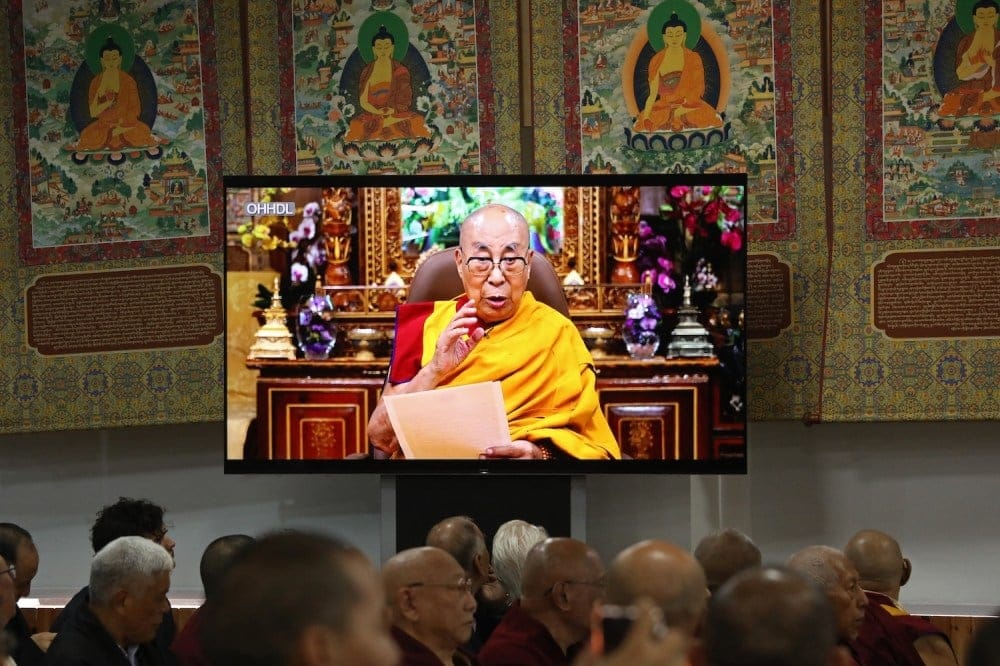
Buddhist Lands, Political Borders: A Cultural Minefield
Hindu-Buddhist Interface in India
Tibetan Buddhist communities in Tawang (Arunachal), Bylakuppe (Karnataka), and Leh (Ladakh) are closely monitoring the situation. Young monks fear that a rivalry between two Dalai Lamas could fracture Tibetan identity, weaken spiritual authority, and divide community unity.
Elder monks have indicated they are preparing educational campaigns to promote the acceptance of the “authentic” reincarnation. The Dalai Lama’s earlier suggestions of choosing a female successor or an adult lama reflect a strategy intended to bypass China’s Golden Urn and resonate with modern Tibetan society.
India’s Wider Dharma Diplomacy
India’s role extends beyond hosting a spiritual leader; it is becoming a guardian of cultural and religious heritage, representing a secular democracy that stands for religious freedom. If Beijing escalates tensions, Delhi may find it can leverage “religious diplomacy,” potentially swaying public opinion in the U.S., Japan, Mongolia, and elsewhere.
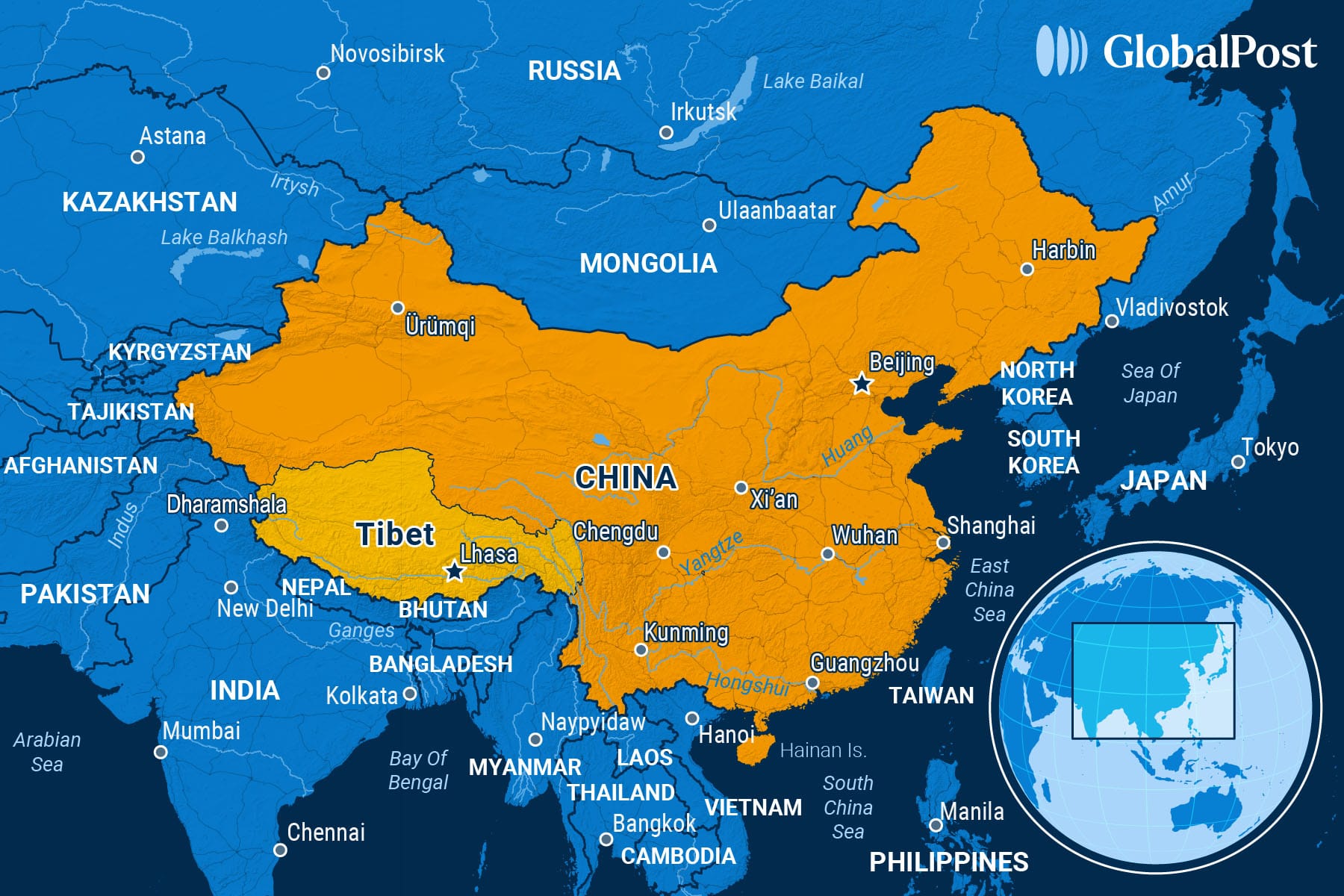
China’s Digital Weaponry: Propaganda, Trolls, & Surveillance
Beijing is proficient in manipulating narratives:
- CCP-backed apps like Douyin and Xigua are flooding Tibetan-speaking markets with state-produced Buddhist content.
- In Tibet, monasteries are monitored using Hikvision and SenseTime surveillance technology; monks are required to denounce the Dalai Lama during mandatory ceremonies.
- Disinformation bots in Indian-language forums are spreading messages such as, “India disrupts China’s internal affairs.”
All this creates a digital battleground over the legitimacy and identity of the next spiritual leader.
Global Ripples: From Washington to Tokyo
The U.S. Takes Sides
The Tibetan Policy and Support Act (TPSA) explicitly rejects Chinese interference and insists that only the Dalai Lama’s office can choose the successor. The U.S. State Department is also urging Beijing to respect religious freedom in Tibet.
Expect regular U.S. parliamentary and diplomatic affirmations supporting the exiled process.
Japan & Mongolia
Both nations have a vested interest in the Mahayana Buddhist heritage. A false Dalai Lama, perceived as a CCP puppet, could face outright rejection, leading to public backlash and strained relations with China.
Quad Dynamics
As a member of the Quad, India faces complex diplomatic challenges. Will Washington, beyond verbal support, encourage New Delhi to take a stand or back off to avoid border tensions?
Will India Rewrite Its Tibet Policy?
India’s position could shift based on China’s response:
Public Stand for Dharamshala
A bold move would involve hosting the exiled successor, pushing back against Beijing—even if it leads to diplomatic and economic consequences.
Quiet Diplomacy
On the other hand, India might sideline the succession discussion, minimizing statements and hoping tensions remain localized.
Gathering credible quotes from key Indian politicians or retired diplomats, along with monitoring official travel and statements, will be crucial in predicting Delhi’s next steps.
Digging Deeper: Identity & Power
Religious Institutions as Soft Power
For authoritarian regimes, controlling religious succession secures ongoing legitimacy. China’s effort to control Buddhism in Tibet aims not just at theology, but at integrating Tibetan identity into its state ideology.
India's Secular Credibility
Backing the Dalai Lama strengthens India’s image as a normative actor, particularly as the West seeks reliable partners in Asia. Religious soft power may become a strategic asset in Delhi’s global standing.
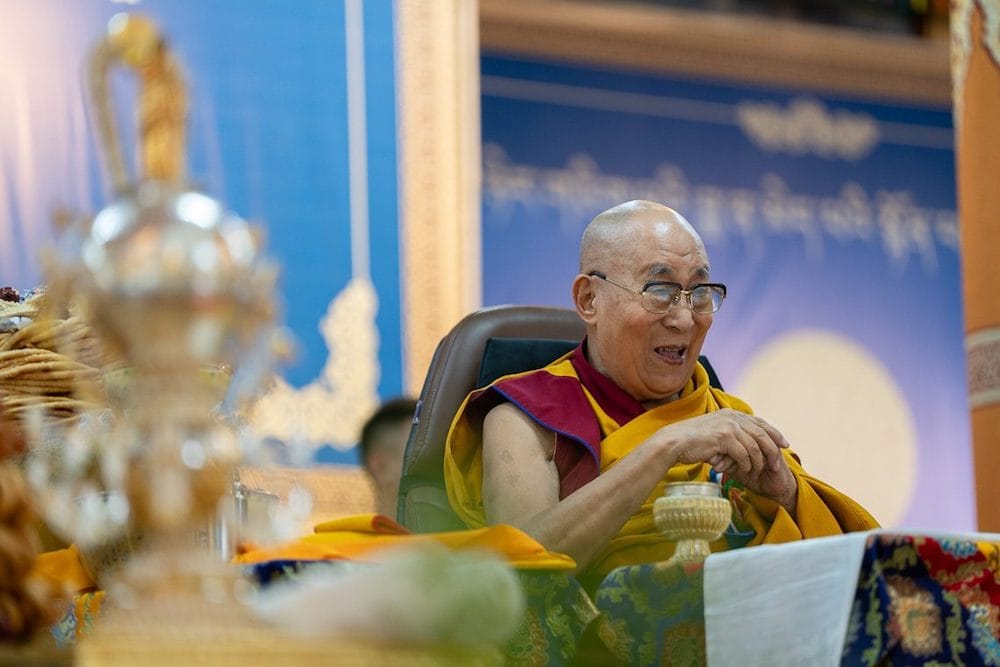
What Happens Next – A Preview
| Timeline | Key Event |
|---|---|
| Pre-Death Actions | The Dalai Lama could formally designate his reincarnation before passing. |
| CCP Moves | China may nominate and promote its own successor via state channels and digital campaigning. |
| India’s Response | A public recognition could happen, possibly with a swearing-in ceremony in exile. |
| Global Diplomacy | US Congress, Japanese MFA, EU Commissioners may issue statements, requiring India to respond. |
| Flashpoints | Protests at Ambassador-level events, visa restrictions, cultural boycotts, monitoring Tibetan monasteries for dissent. |
Facing the Fog: What Comes After the Dalai Lama’s Declaration
Can two Dalai Lamas coexist without splintering Tibetan identity worldwide?
Will Delhi’s respect for religious autonomy outweigh the risks of angering Beijing?
Could Beijing’s strategy backfire, pushing otherwise neutral countries to openly support Dharamshala?
The Big Question: Who Owns Spiritual Authority in the 21st Century?
In the spiritual battle for the next Dalai Lama, does religious legitimacy matter more than geopolitical pressure? Who really gets to choose the Dalai Lama—faith, the people, or power?
Sources
- Reuters – Coverage on India’s official stance and Dalai Lama’s succession statement (Reuters.com)
- The Washington Post & Time Magazine – Statements from the Dalai Lama affirming his authority to choose his successor (washingtonpost.com | time.com)
- Financial Times & Politico – Political implications of succession and India-China tensions (ft.com | politico.com)
- Al Jazeera & ABC News – Real-time images and reports from Dharamshala during the Dalai Lama's 90th birthday events (aljazeera.com | abcnews.go.com)
- Phayul.com – On-ground coverage and exclusive birthday prayer visuals from Tsuglagkhang Temple, Dharamshala (phayul.com)
- South Asia Monitor & Zenit.org – Deep dives into spiritual legitimacy, foreign policy, and global Buddhist perspectives (southasiamonitor.org | zenit.org)
- Wikipedia (Verified References) – Context on Panchen Lama controversy and China’s Golden Urn system (Wikipedia.org | Wikipedia.org)
- Citizen Lab Reports – Details on China’s surveillance of Tibetan monasteries and AI disinformation campaigns (citizenlab.ca)




